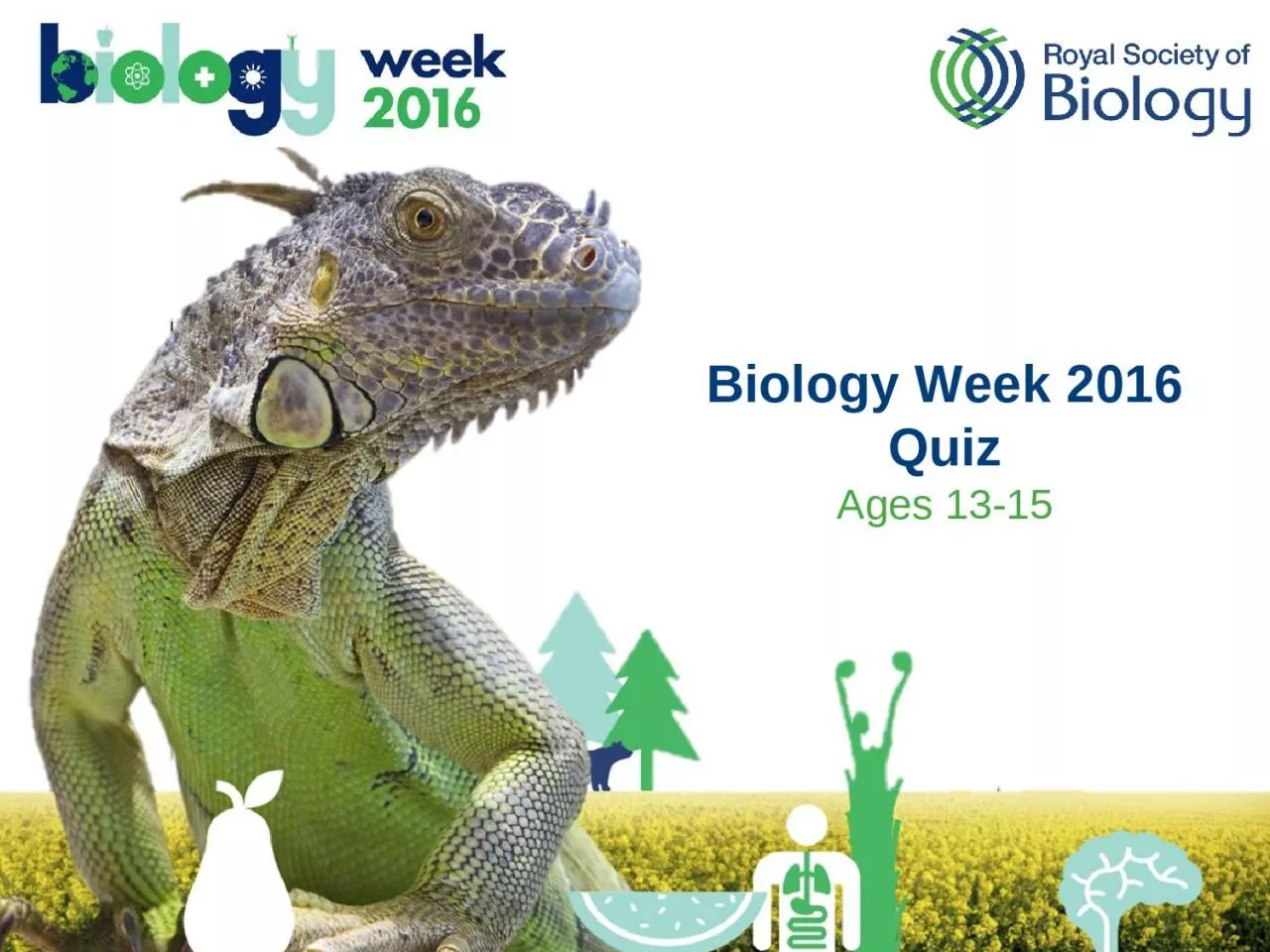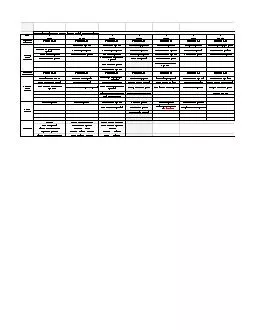PPT-Biology Week 2016 Quiz Ages
Author : hadly | Published Date : 2024-01-03
1315 1 What is the scientific study of plants known as 1 What is the scientific study of plants known as Answer Botany Botanists currently study around 400000 species
Presentation Embed Code
Download Presentation
Download Presentation The PPT/PDF document "Biology Week 2016 Quiz Ages" is the property of its rightful owner. Permission is granted to download and print the materials on this website for personal, non-commercial use only, and to display it on your personal computer provided you do not modify the materials and that you retain all copyright notices contained in the materials. By downloading content from our website, you accept the terms of this agreement.
Biology Week 2016 Quiz Ages: Transcript
Download Rules Of Document
"Biology Week 2016 Quiz Ages"The content belongs to its owner. You may download and print it for personal use, without modification, and keep all copyright notices. By downloading, you agree to these terms.
Related Documents














